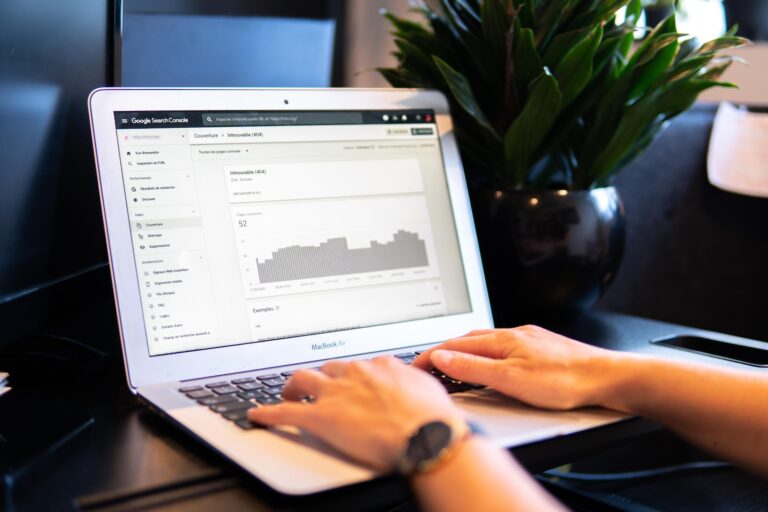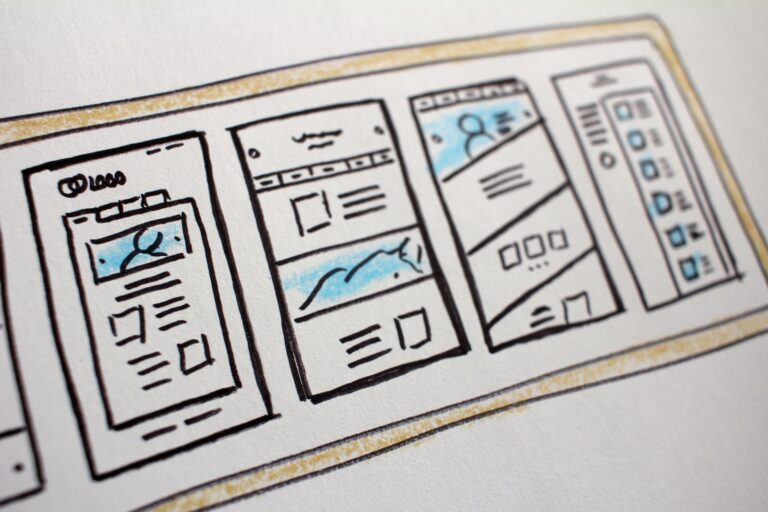
Improve website loading time
Nobody likes a slow-loading website. Improving the loading time of a website is crucial for providing a positive user experience and retaining visitors. Here are several tips to help improve website loading time:
- Optimize image sizes: Large images can significantly slow down a website. Compress and optimize images before uploading them, balancing quality and file size. You can use image compression tools or plugins to automate this process. Additionally, consider using the appropriate image format (JPEG, PNG, GIF) based on the image content and transparency requirements.
- Minify and compress code: Minify HTML, CSS, and JavaScript files to remove unnecessary characters, spaces, and comments. This reduces file sizes and speeds up loading. Additionally, enable GZIP compression on your server to compress files before transferring them to visitors’ browsers, further reducing file sizes.
- Enable browser caching: Set up caching headers on your server to instruct visitors’ browsers to store certain files locally. This way, when users revisit your website, their browsers can load cached files instead of requesting them again from the server, improving loading speed.
- Optimize CSS and JavaScript delivery: Place CSS files in the document head and JavaScript files just before the closing body tag. This allows the website’s content to load before parsing and executing CSS and JavaScript, preventing delays in rendering.
- Reduce HTTP requests: Minimize the number of HTTP requests by combining multiple CSS and JavaScript files into fewer files. Similarly, use CSS sprites to combine multiple images into a single file, reducing the number of image requests.
- Utilize content delivery networks (CDNs): CDNs store your website’s files on multiple servers located around the world. When a user visits your website, the files are served from the server closest to their geographical location, reducing latency and improving loading times.
- Optimize server response time: Ensure your web hosting server is fast and responsive. Consider upgrading to a faster hosting plan or switching to a reliable hosting provider if server response time is consistently slow.
- Eliminate unnecessary plugins and scripts: Review and remove any unnecessary plugins, scripts, or third-party integrations that are not essential for your website’s functionality. Each additional script or plugin adds overhead and can impact loading time.
- Implement lazy loading: Lazy loading delays the loading of images and other non-critical resources until they are about to become visible on the user’s screen. This approach can significantly improve initial page load times, especially for websites with a large number of images or media files.
- Optimize the database: If your website relies on a database, ensure it is properly optimized. Remove any unnecessary data, regularly clean up old entries, and optimize database queries to improve response times.
Regularly monitor your website’s loading time using tools like Google PageSpeed Insights, GTmetrix, or Pingdom. These tools provide insights and recommendations for further optimization. Remember to test the loading time after each optimization step to assess its impact and ensure that other website functionalities remain unaffected. It’s also important to consider the balance between optimizing loading time and maintaining the desired functionality and user experience of your website.







